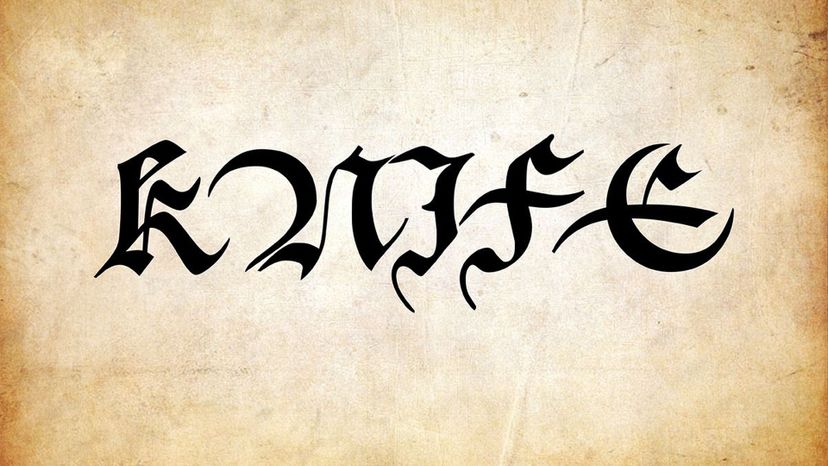
About This Quiz
If you love writing, and no, we're not talking about stories or journals here, but rather, the actual physical art of writing, then we have the perfect quiz for you. Calligraphy is the art of manually producing handwriting that is decorative. It is often done using fancy pens or brushes, and the finished product is something that is incredibly special and unique.
Unfortunately, we don't have a calligrapher on deck, but we do have some super fancy old lettering that we've found online, and we want YOU to test it out for us. We're going to give you more than a few words in this super fancy font and it's your job to tell us what each word or phrase says. We're not just testing your ability to see here, but this quiz, depending on how many you answer correctly, can tell us just how fancy you really are.Â
So if you're up to looking at Rs that have curves and curls for days and Ks whose waves seem to be never-ending, go ahead and get started on this quiz. Will you have the ability to become a calligrapher's assistant, or should you stick to using Times New Roman? Let's find out!
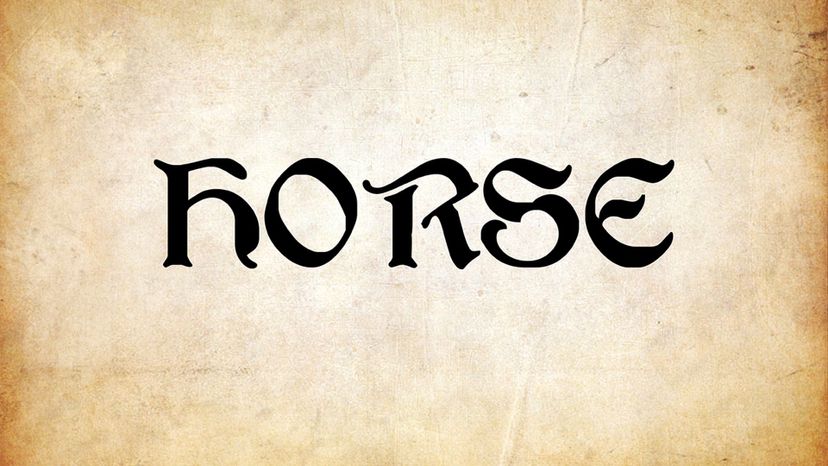
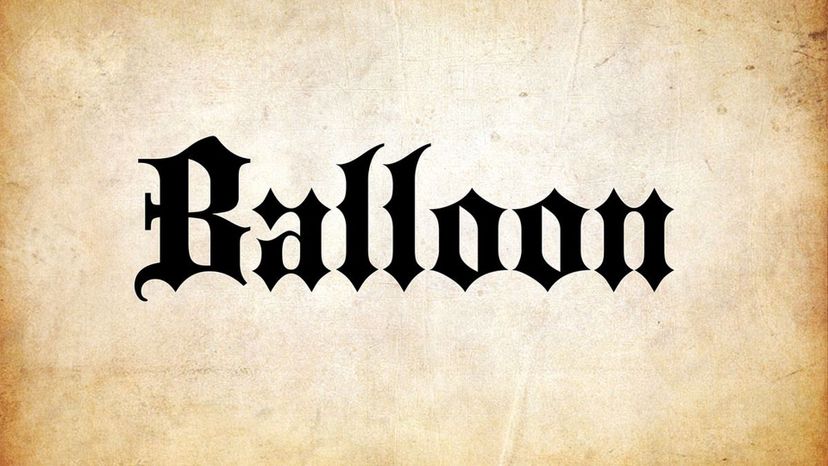
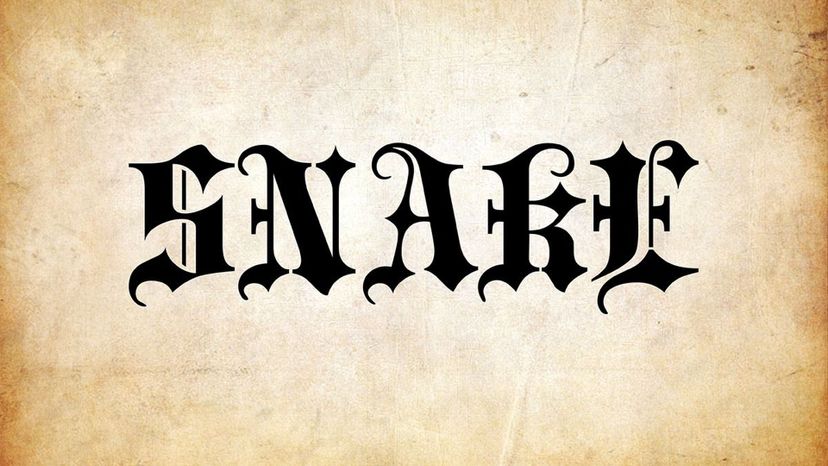
Advertisement
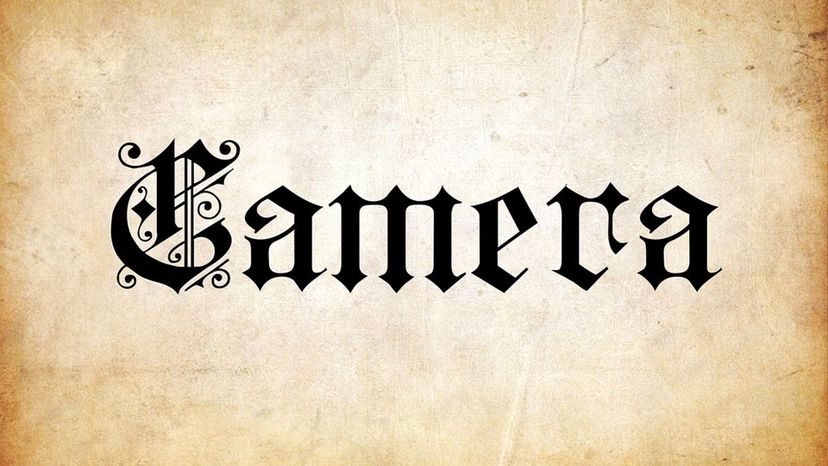
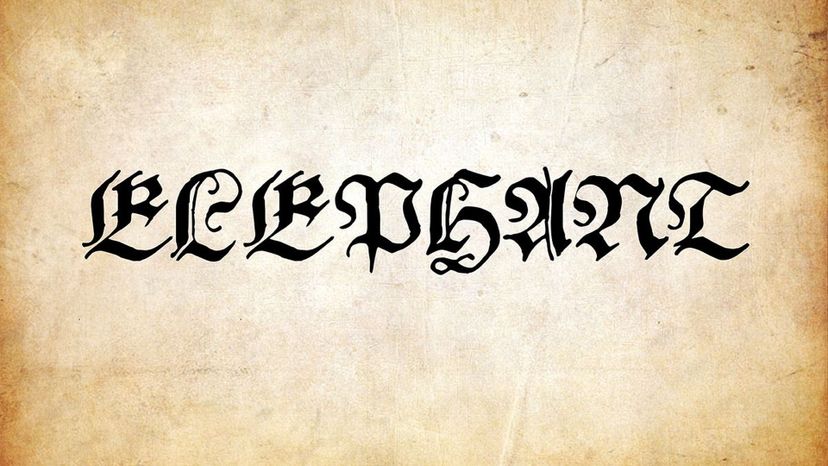
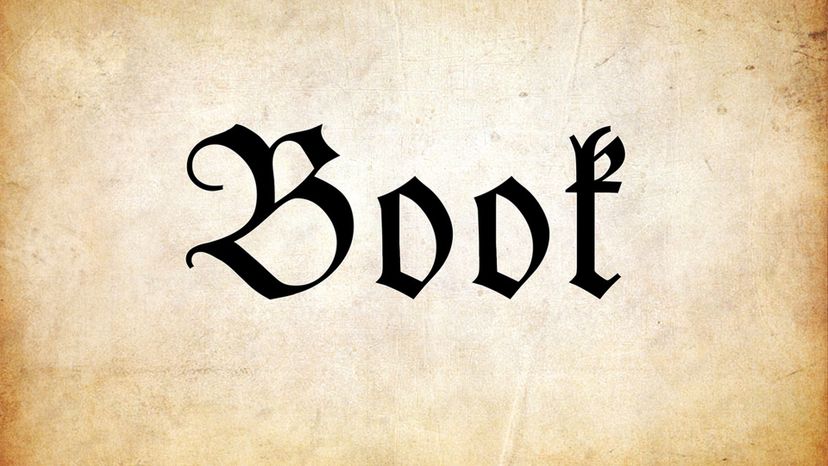
Advertisement
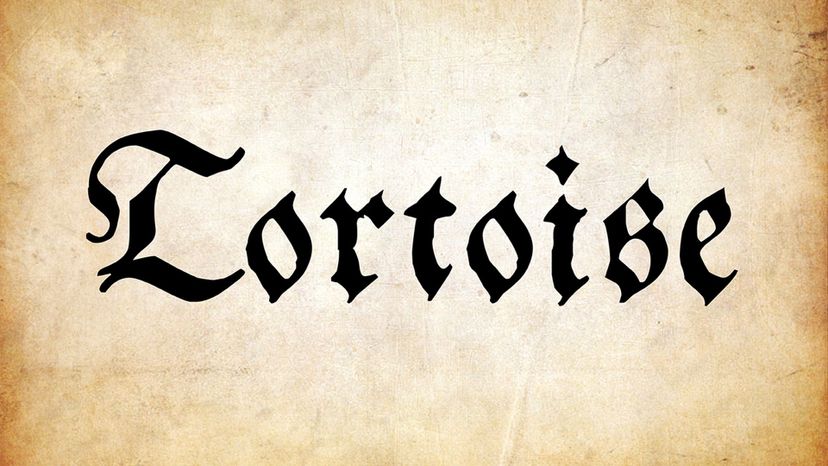
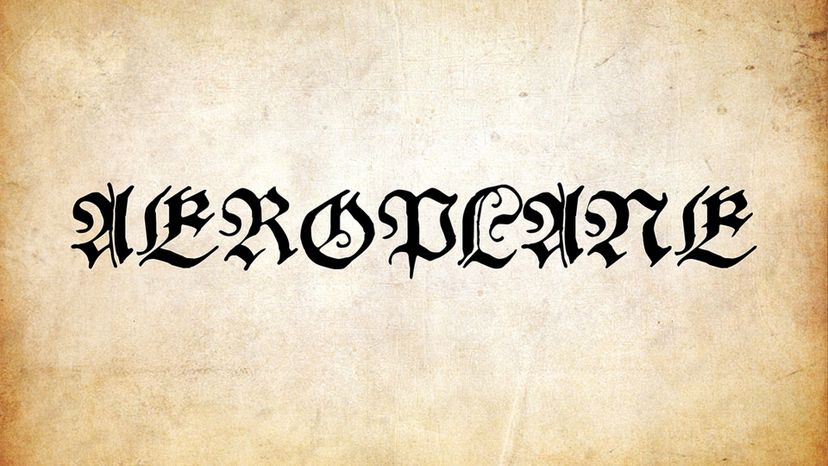
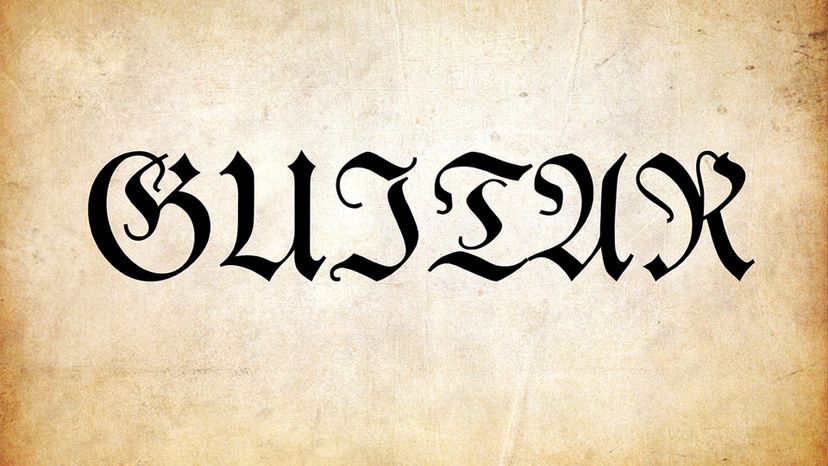
Advertisement
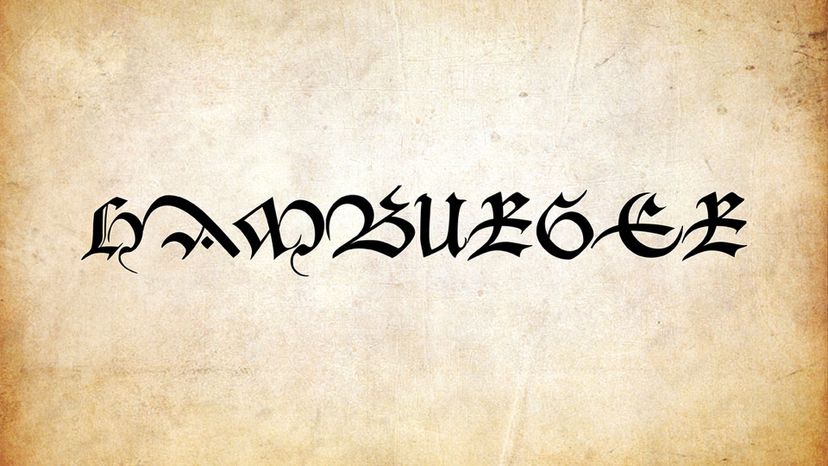
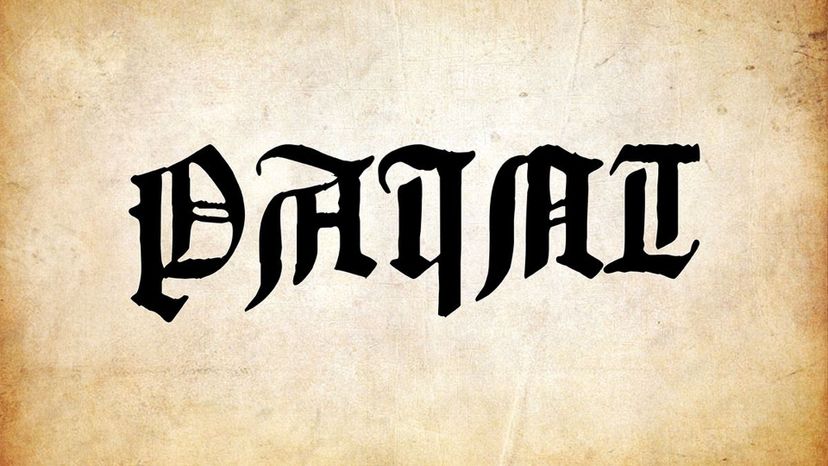
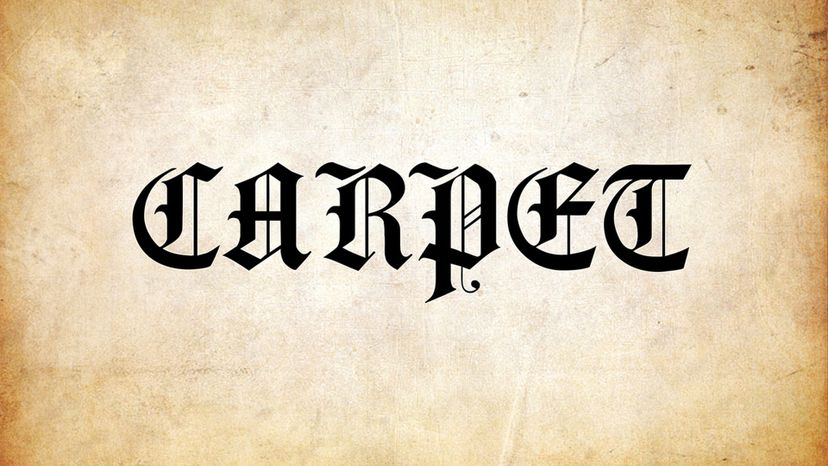
Advertisement
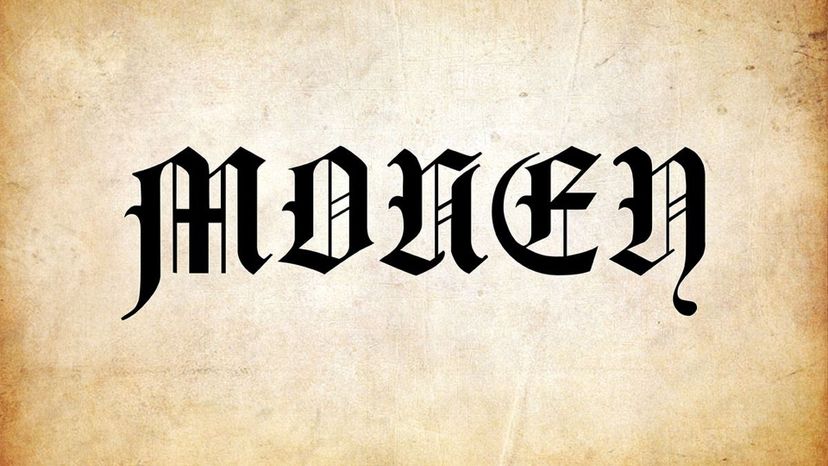
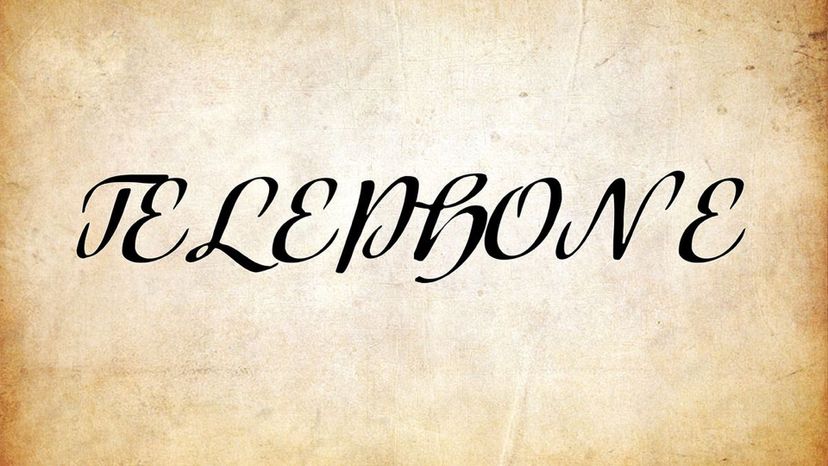
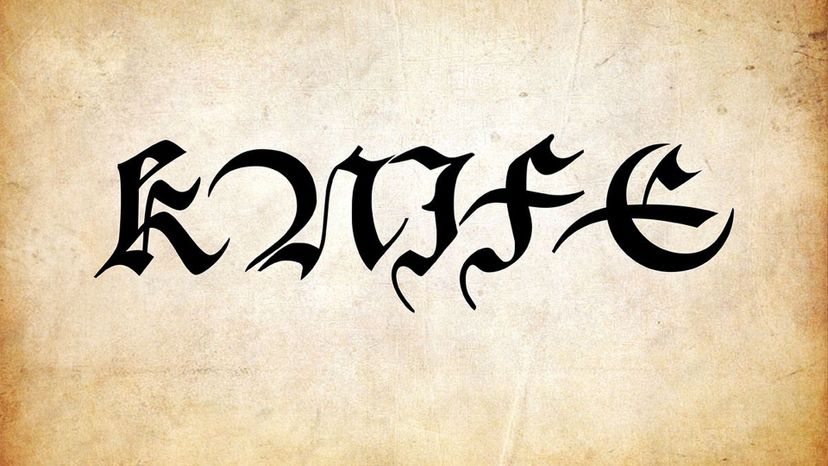
Advertisement
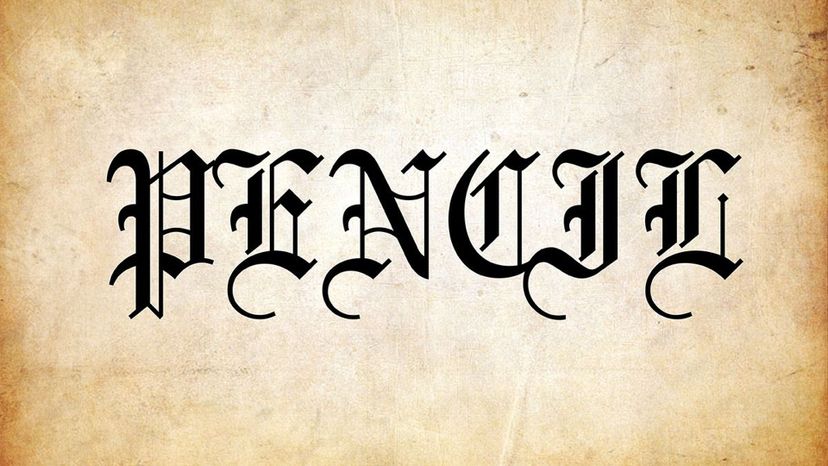
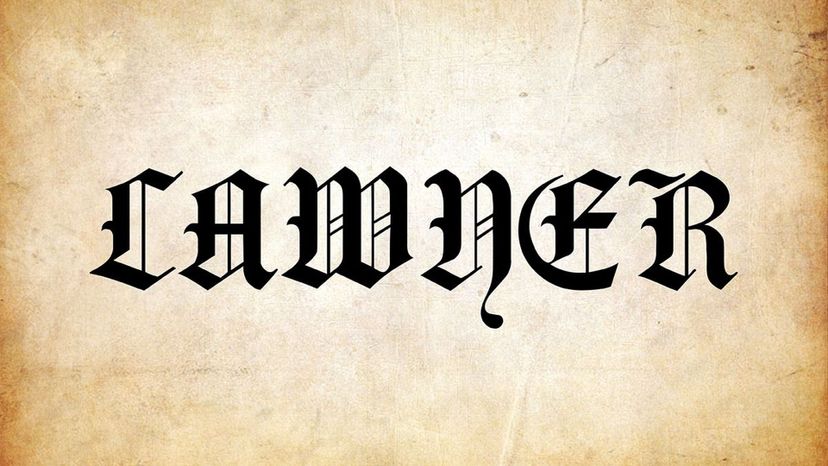
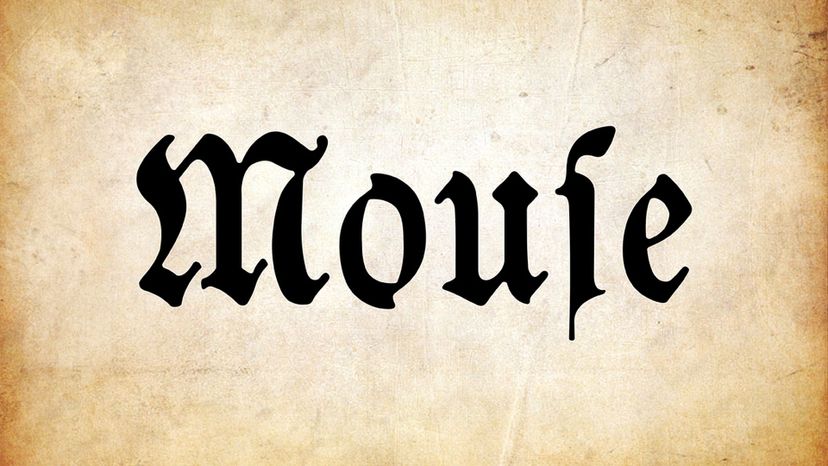
Advertisement
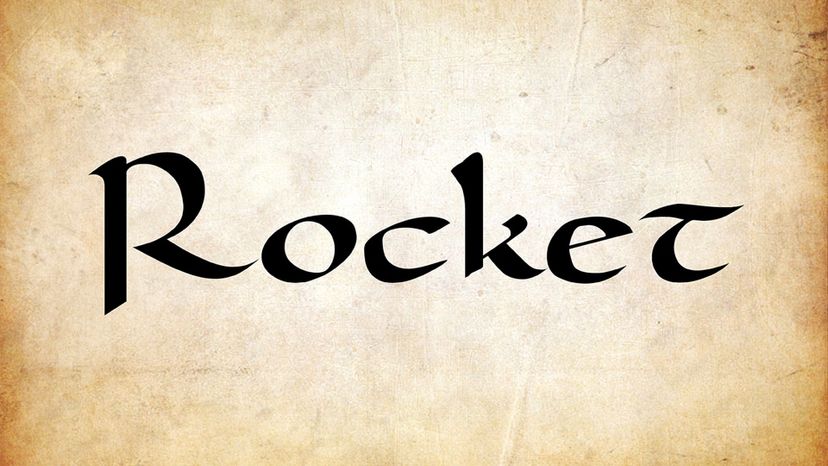
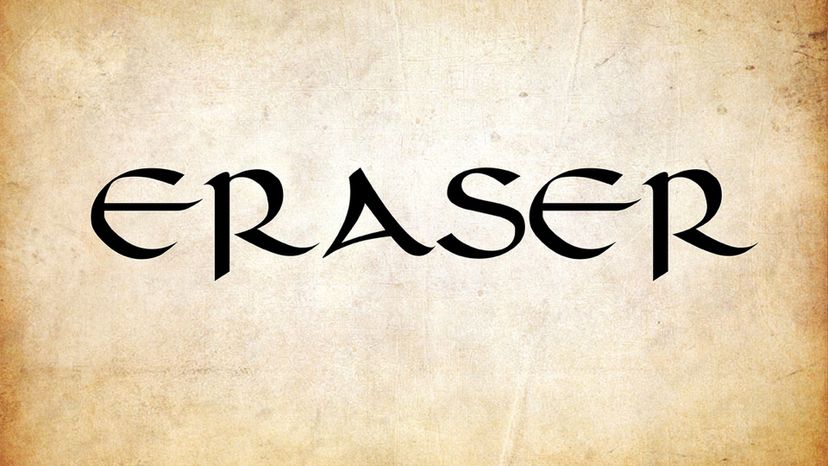
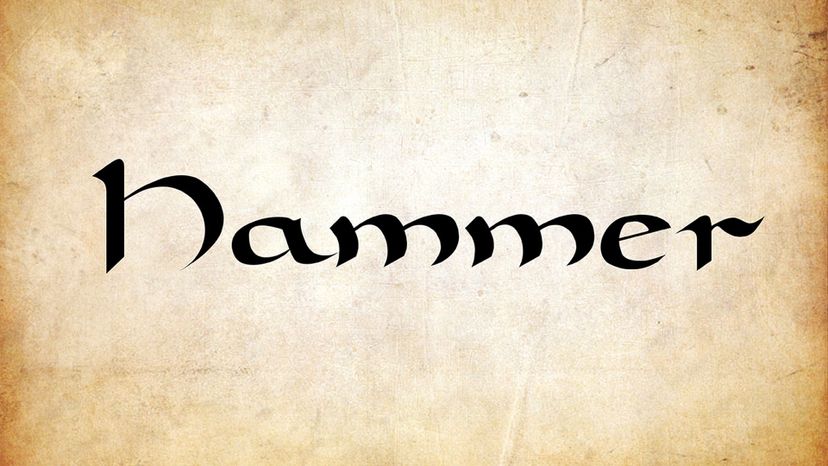
Advertisement
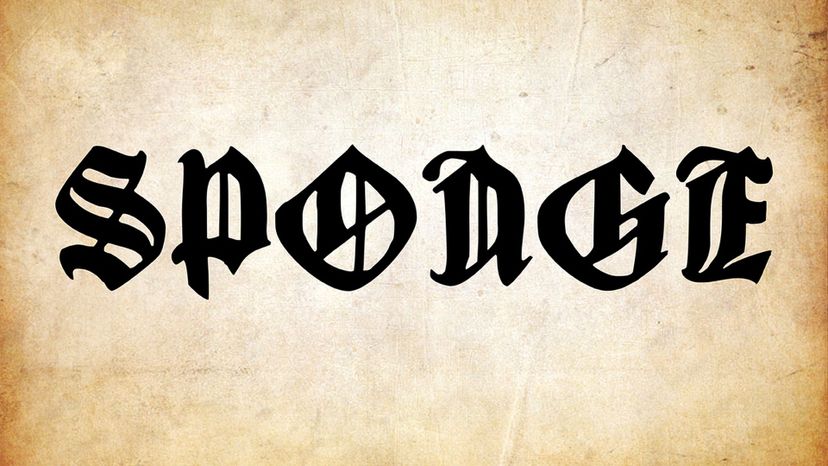
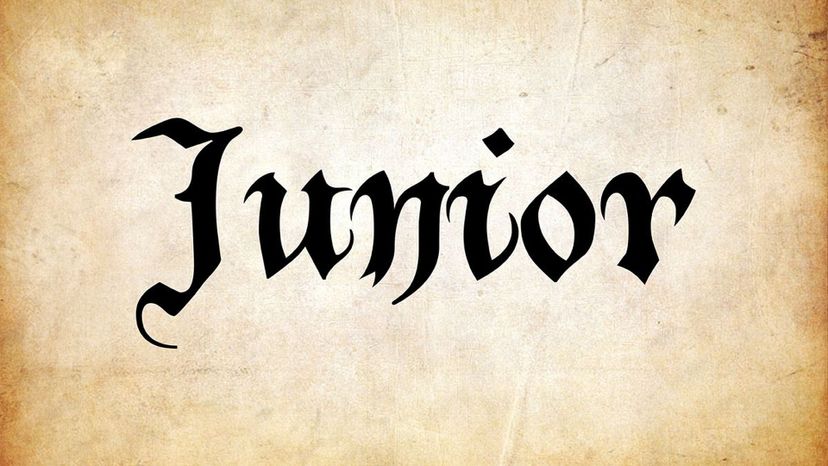
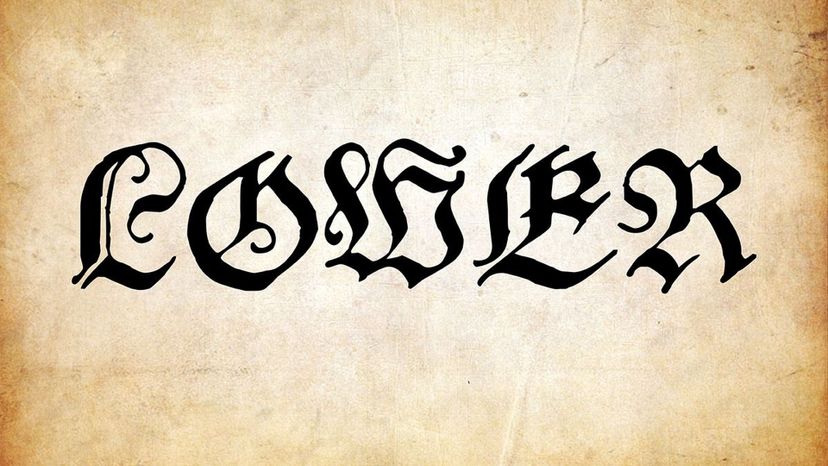
Advertisement
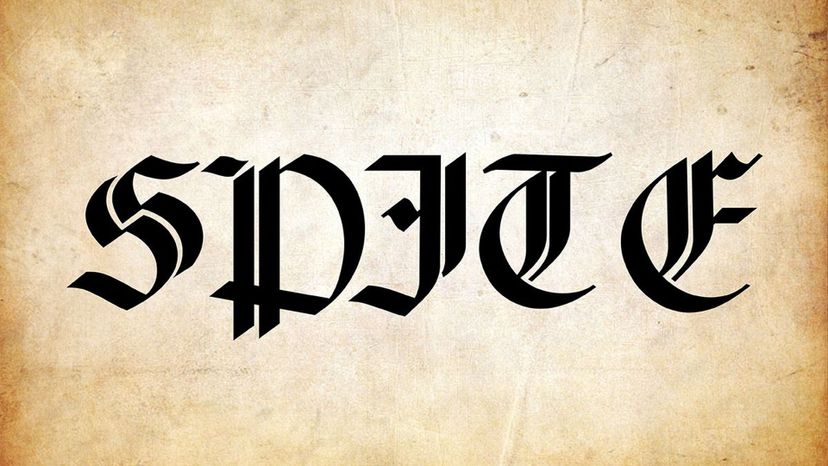
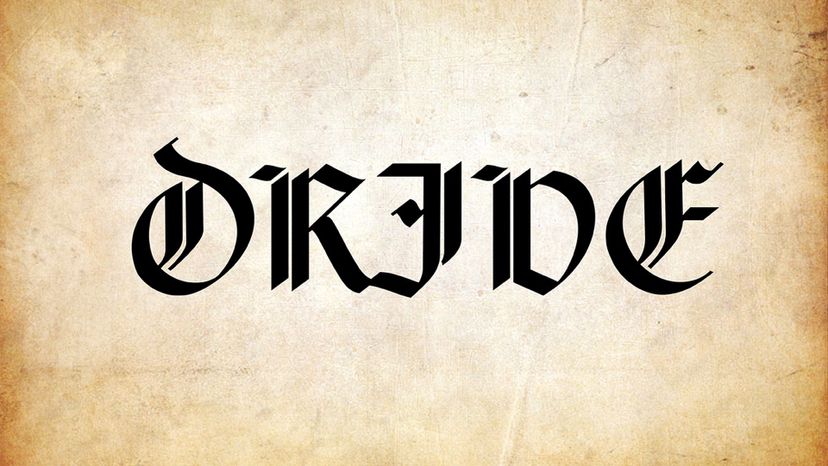
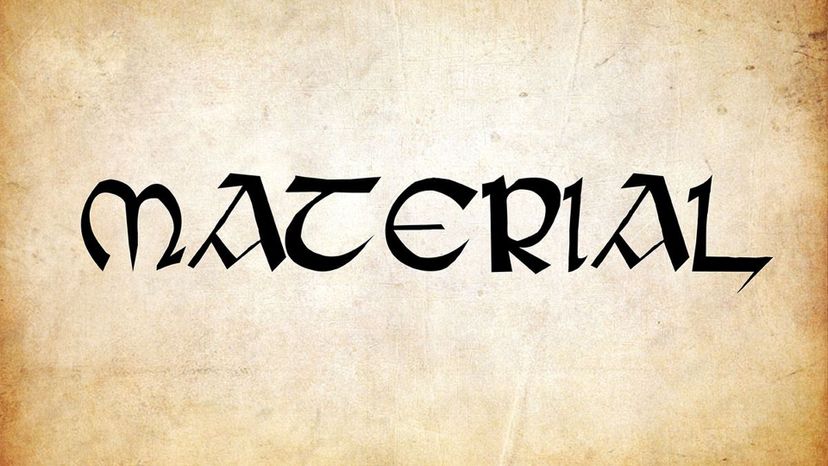
Advertisement
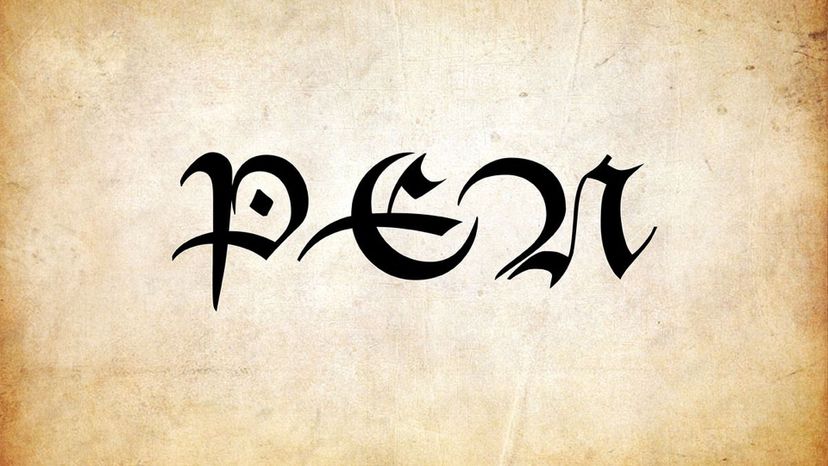
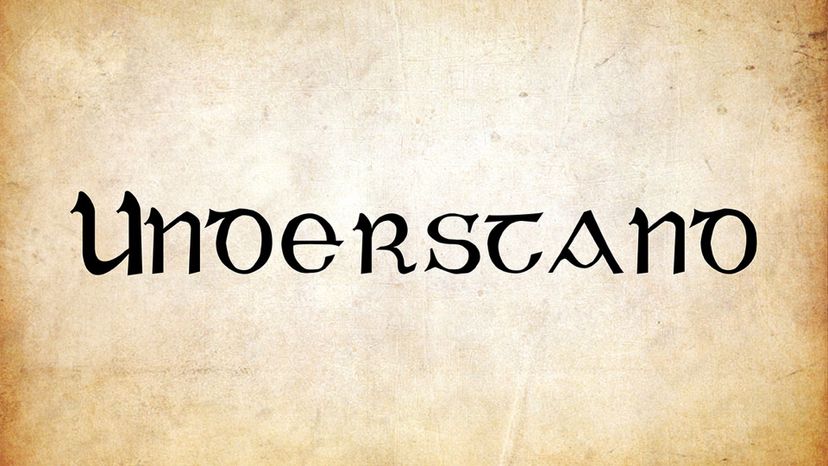
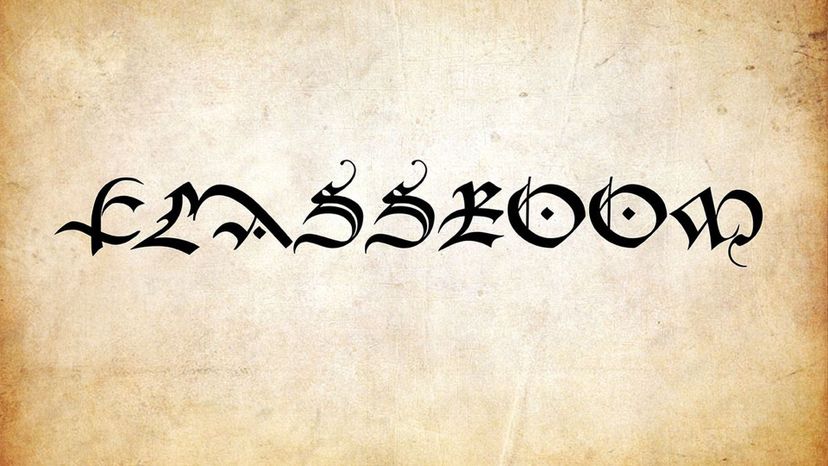
Advertisement
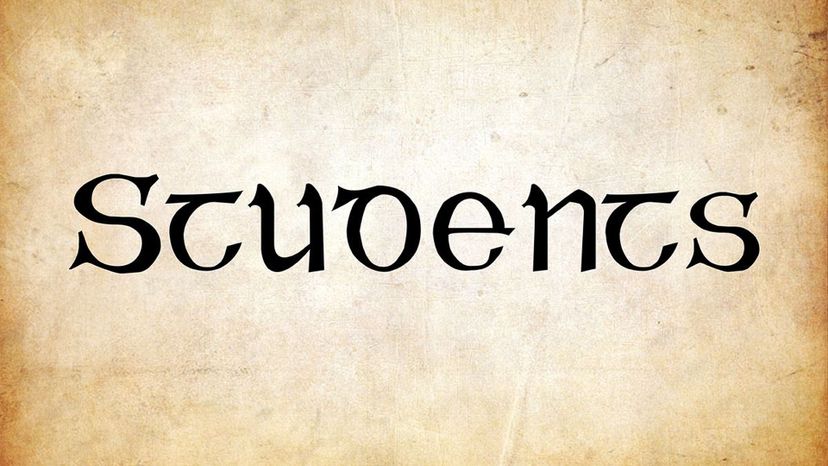
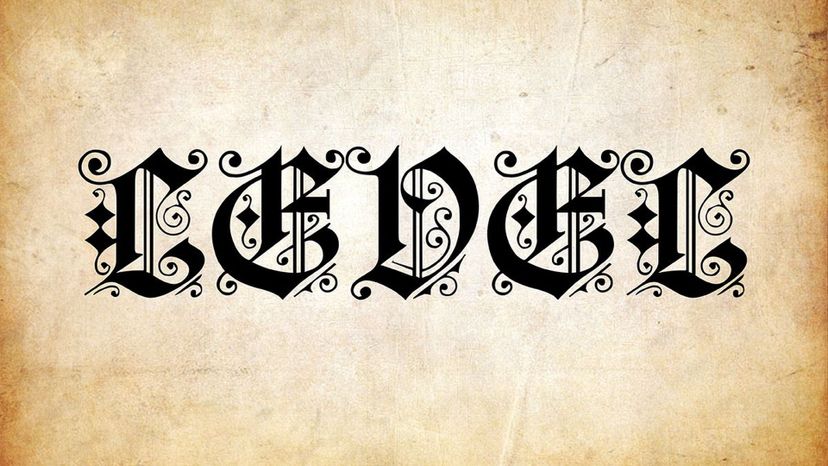
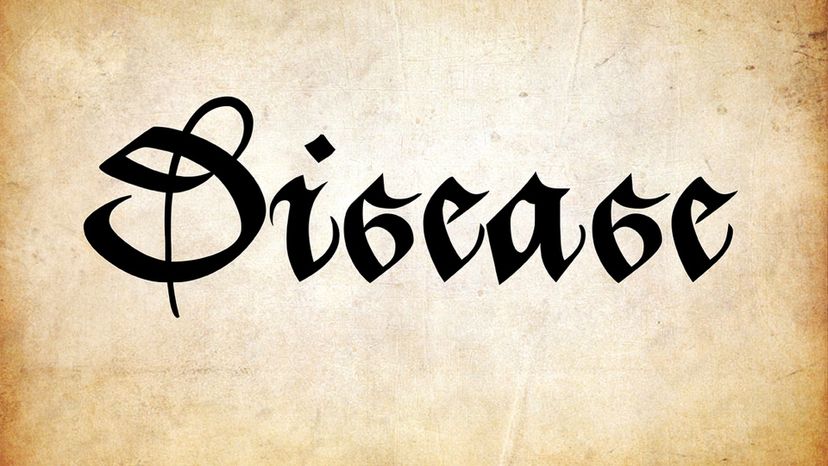
Advertisement
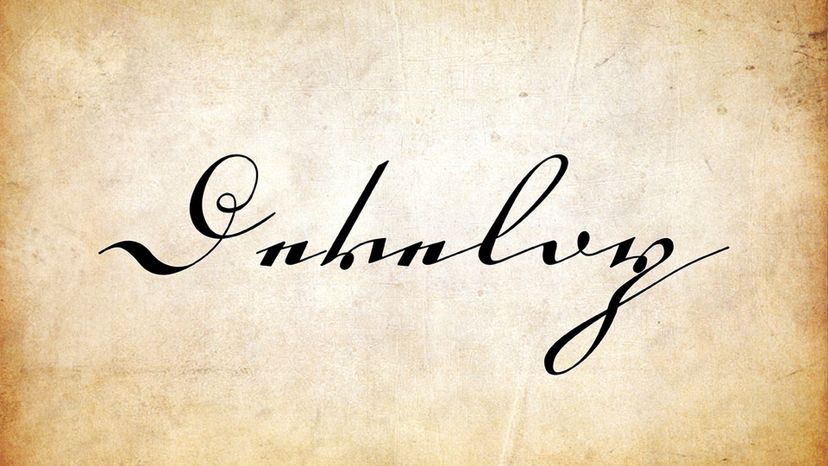


Advertisement
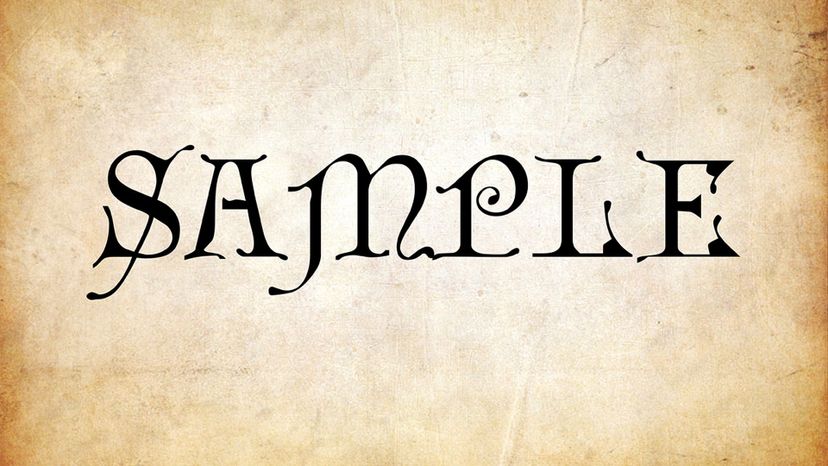
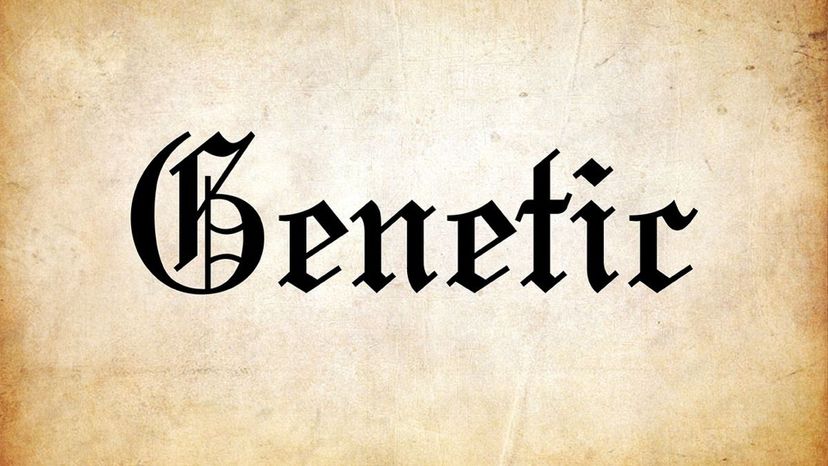
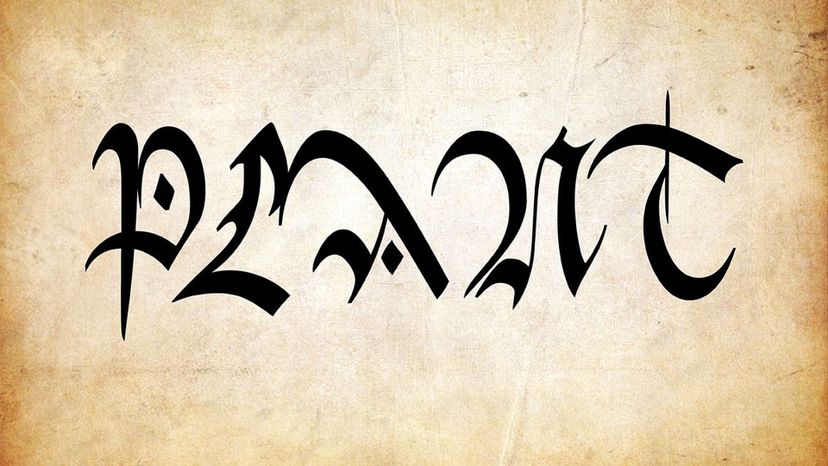
Advertisement
